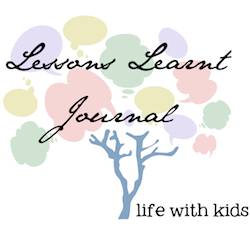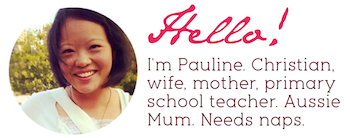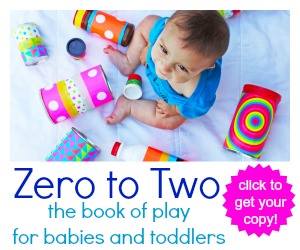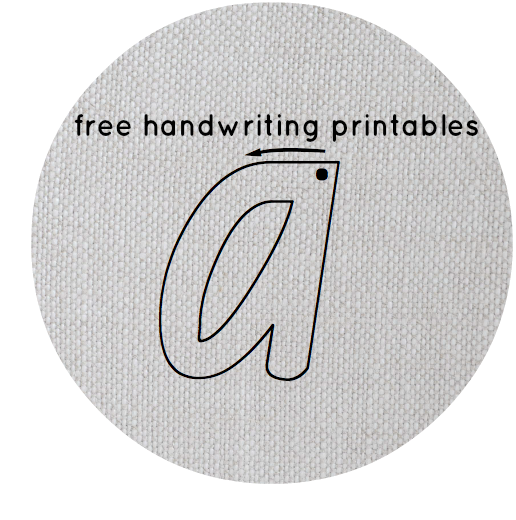The hardest part of writing is getting started. I have been to the bathroom, put together my cup of tea, checked my pinterest, facebook and instagram feeds and find myself returning to yet again to an empty page on my screen. I find it really hard to get past that first empty page. Imagine how hard it is for kids who are learning to write, to get past their first blank page or first blank line.
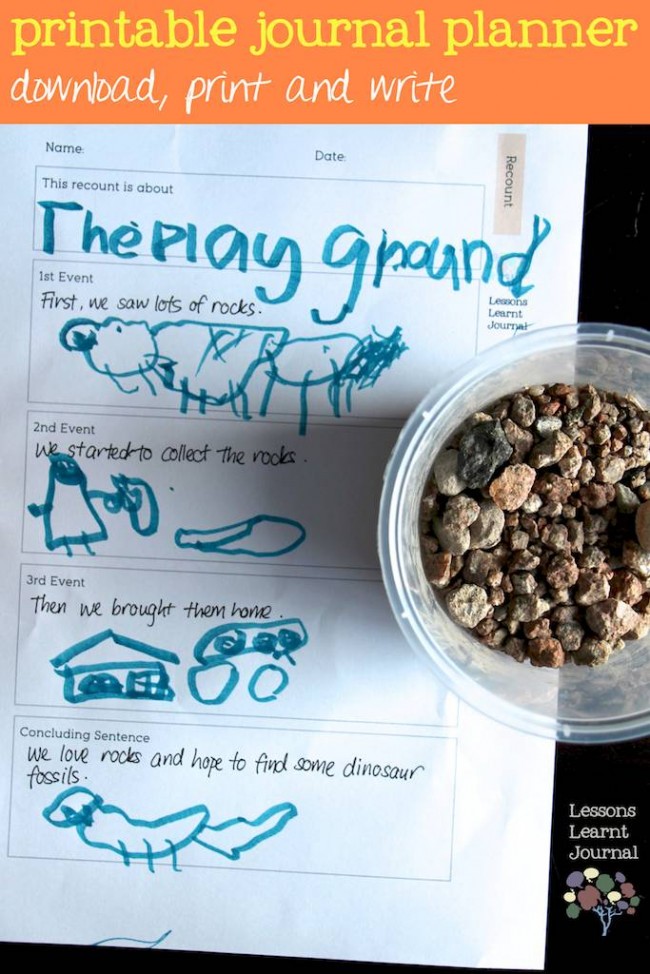
To help kids learn to write, I have found using planners in writing activities to be invaluable. For starters, it helps kids overcome that blank page because there’s something on the page; a framework to help them make a start. The planner also helps by making more explicit, the various language structures and patterns, in different types of writing. Eg. the way a recipe is written is different to the way a journal entry is written.
For older children, these planners would be typically followed by the other stages of the writing process: drafting, revising, editing and publishing. As N&M are just starting to learn to write, in our writing activities, we’ve worked on only the planning stage of writing.
To help kids write, it is helpful to keep a family journal; add something at least once a week – write about special days, achievements, activities, jokes, etc, and read the journal regularly.
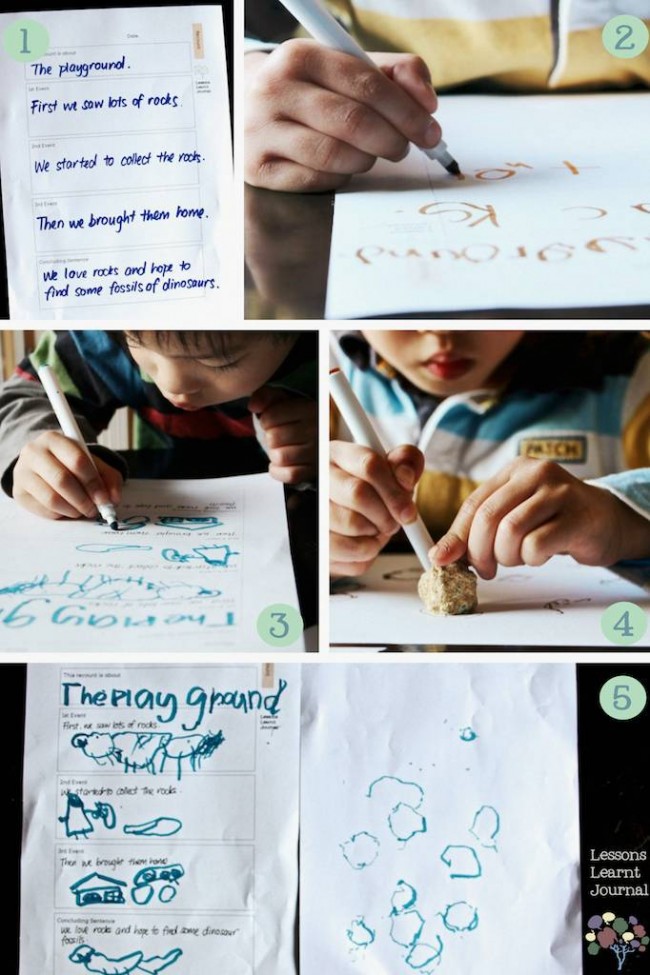
In our writing activities, as part of our family journal, this is how we’ve used our journal recount planners:
- Model writing the journal recount. We would talk about an event or activity that we would like to write about in our family journal. I would go through the planner: what is this journal entry / recount about; what happened first; what happened next; lastly, what happened; what would we like to say about the whole event? As we talk, I would put together sentences for each part of the planner. I would pause when I write key words and sound out the intial or end sounds of those words and let the have the opportunity to figure out what those letters may be; or I would pause for common sight words and let them have the opportunity to spell out those words.
- Let them have a go at writing. The boys would then have their own planners and attempt writing certain words or sentences. E.g. I may write part of the sentence and leave out certain sight words or key words that they would like to write, and they would then write those words.
- Illustrate the various events their journal recounts (optional). At this stage of N&M’s development where they can’t write very much yet, allowing them to draw the different events is helpful, as it reinforces the concept that sequencing the events in the right order is important in journal recounts.
- Allow children space to creatively extend upon their work. Listen to them and follow their lead. In this particular recount about our morning activities at a park where they collected rocks, N&M were very keen to draw some of the rocks they collected. They did so by tracing around the rocks.
- Lastly, and importantly, re-read the journal recount, share it with others. You may choose to display it or place it in a folder or book that is easily accessible to them so that they can easily share their journal recounts with others.
If you would like to use our journal recount planner as part of your writing activities, click HERE.
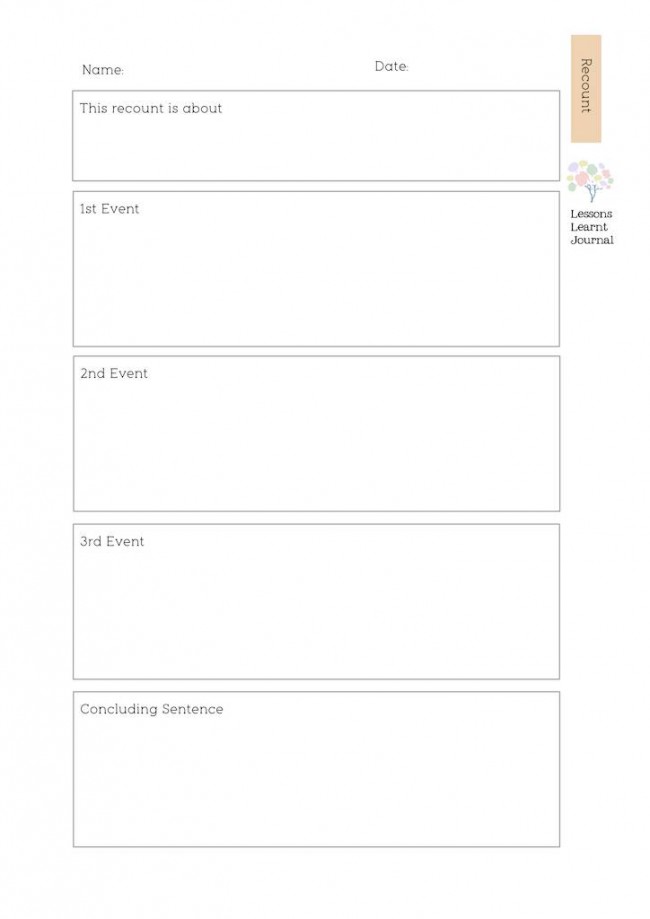
Remember, with any writing activity, try and focus on the good things rather than the mistakes. When children are encouraged and feel successful in their writing, they are willing to take risks and extend themselves.
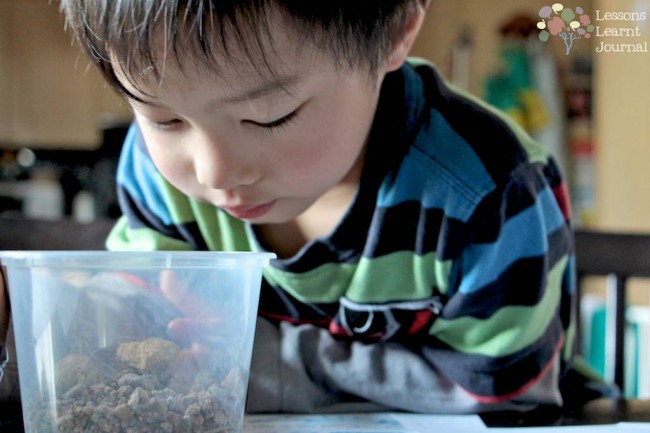
After this particular journal recount writing activity, M (5) wrote this label; I helped him segment the sounds, but I didn’t model the word for him.
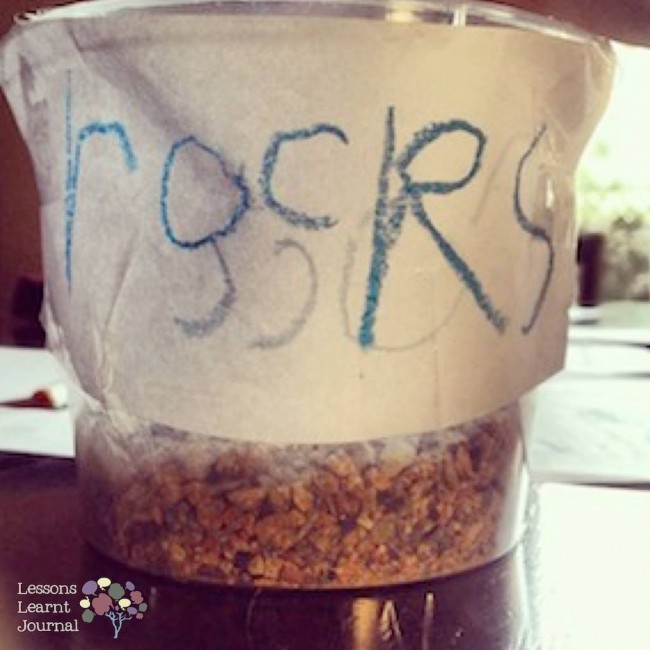
Writing for authentic purposes using play. I love my job. #playmatters #mummy
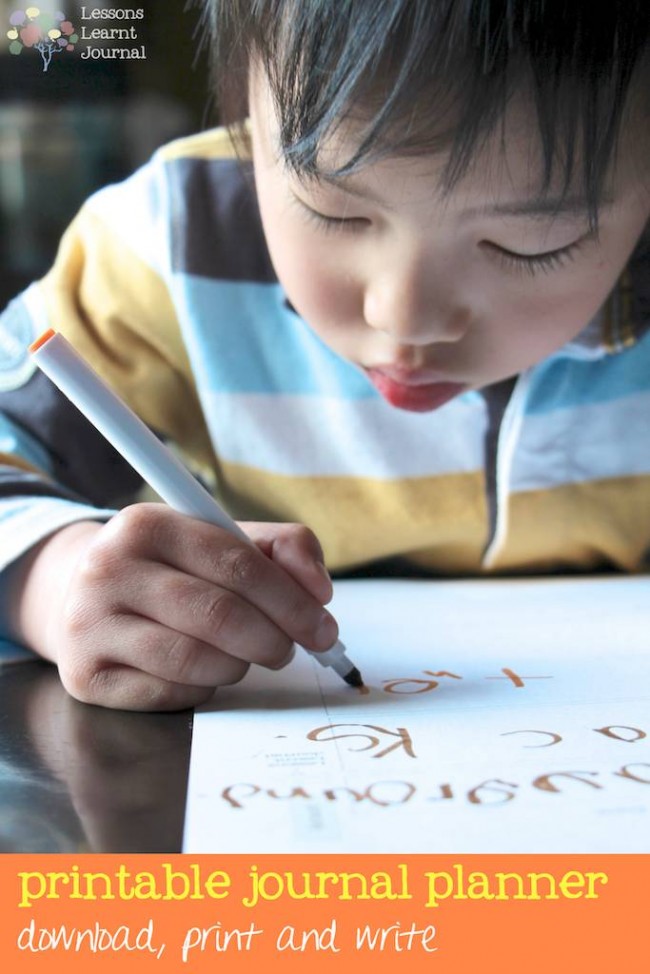
If you enjoyed this post, please consider leaving a comment; I’d love to hear from you. If you are new here, you might like to receive updates direct to your email. We have many fun ideas to share.

